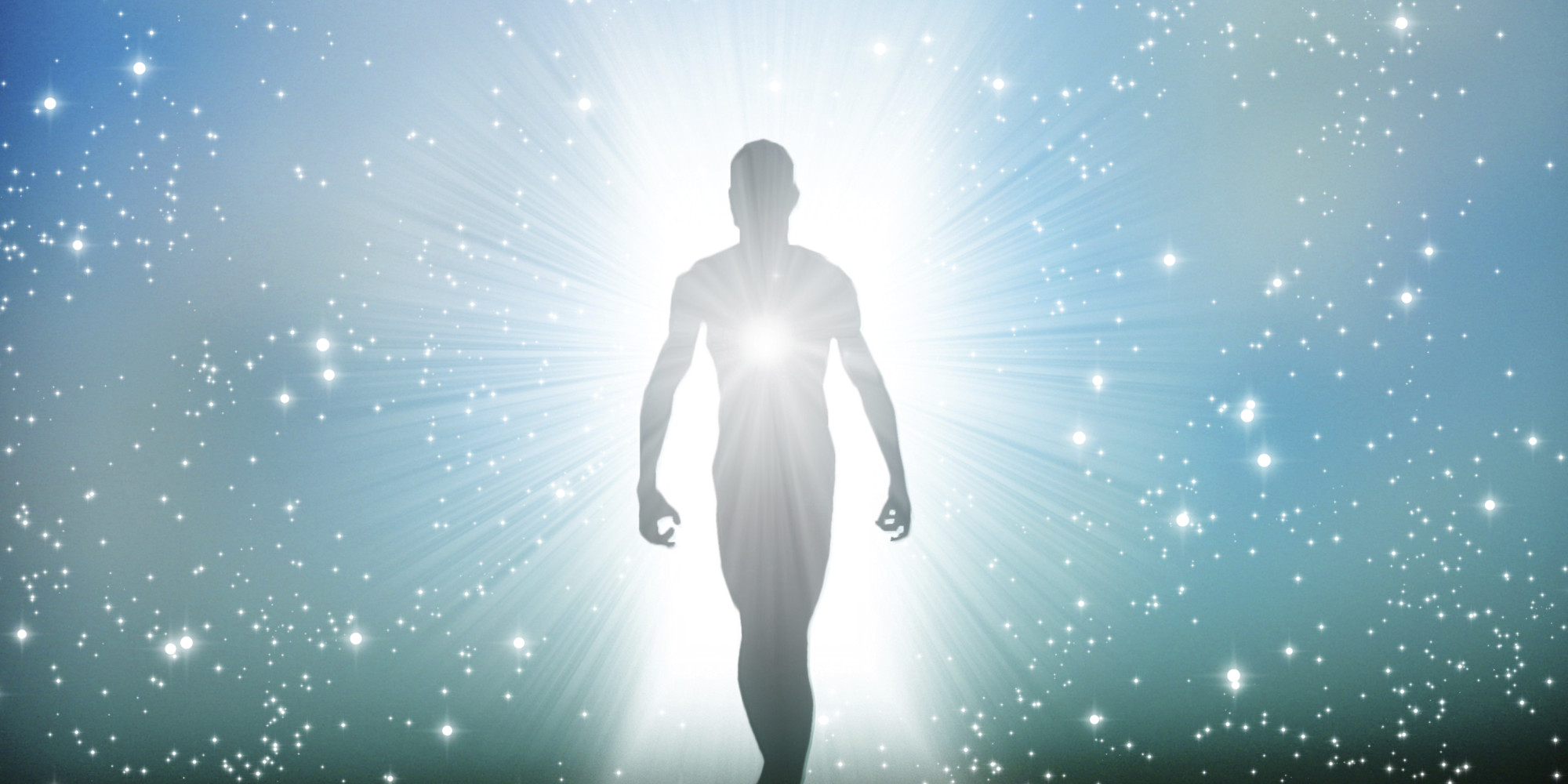
In May of 2012, I completed the Meditation Teacher Training program at the Chopra Center for Well-being in San Diego, certifying me to teach Primordial Sound Meditation. While at the world-renowned center, I got to listen to Deepak Chopra, one of my role models.
Somebody in audience asked him: ’Deepak why did you start to meditate?’
His answer was simple: ’Because I wanted to quit smoking and drinking. It was many years ago.’
He went on to explain a concept that has fascinated and compelled me with its brilliance – the concept of the ’Software of the Soul’
In modern times we all know about software that runs our computers, our smart phones – we are for-ever downloading updates or being automatically updated, improving our software to improve the processing time and performance of our machines. But we rarely think of ’software of the Soul’, the operating system which is running the apparatus of our mind. Deepak Chopra described it to us as having three main components:
1. Action (called in Sanskrit – Karma)
2. Memories (called in Sanskrit – Samskara)
3. Desires (called in Sanaskrity – Vasanas)
They form a loop:
• Action leads to memories
• Memories lead to desires
• And desires lead to further action
’It is, as if one is on a karmic hamster’s wheel.’
It’s struck me that this concept applies to all of our actions, whether they are seemingly simple, harmless actions or whether they are life destroying actions like addictions.
Let me give you some examples:
1) Actions for something sweet:
Action to Memory: eating a peace of chocolate creates a memory. Eating chocolate feels good, it’s sweet and we experience temporary total relief from anything except the sweetness of the taste!
Memory to Desire: This creates a desire – next time I am lacking sweetness in life, I will re-member that I can get this sweetness from chocolate, and have a desire for chocolate! The desire for some sweet relief, for some sweet pleasure, will lead to getting some chocolate to eat.
Desire to Action: The desire for some sweetness, for temporary relief from study or work, from stress or fatigue, will lead to the action of going to the store and buying some chocolate.
2) Action of addiction:
Action to Memory: Drinking alcohol leads to a memory – when a man was feeling low, drinking alcohol made him feel better, and very temporarily relieved the deep emotional pain that was disturbing him, confusing him, and giving him anxiety.
Memory to Desire: Now when the man is feeling the discomfort of his anxiety, his confusion or his suffering, he has a memory that all of this can be quickly relieved by alcohol. Now the desire for alcohol to end his inner disturbance is set up.
Desire to Action: Now the need to relieve the discomfort is so intense that alcohol has to be had. The relief is sought above and beyond anything else. The drive to act is set.
Unfortunately this Karmic wheel continues and keeps getting progressively worse and injurious, no matter what the cost he has to pay, in terms of relationships, job, health, drunk driving, and social disrepute. This is the life of the addict. A slave to memories, desire and action – as if he had no option but to run around the wheel.
But there is a way to get off the ’Karmic Wheel’.
I agree with Deepak Chopra that it is by upgrading the software of our soul.
But I would also advocate that in addition to the practice of meditation, for those struggling with addictions that are threatening the fabric of their lives, to stop the spin cycle altogether, there is a need to introduce a new piece of software: an update called Seva.
To my mind, it’s a two-part system upgrade:
Part One: Meditation
Part Two: Seva (selfless service)
By practicing both these acts of self care, one starts to take action from an expanded level of consciousness, and for an addict, it’s from this expanded awareness that more healthy choices that break the cycle will emerge.
In the above example of the man addicted to alcohol, through a combination of Meditation and Seva, he can be trained that now, when he experiences deep emotional discomfort, instead of going for the bottle, he must go out and help in a homeless shelter.
How?
Action to Memory: Through the practice of meditation, the man is often getting glimpses of ex-panded consciousness, of pure potentiality, of pure bliss (in Sanskrit this is called Sat Chit Anada). This creates in him a memory of higher states of awareness that he will seek out again. Additionally, his helping in in homeless shelter creates a new a new memory at the soul level and in body. It removes his focus on his own discomfort as he serves others. Research has shown that by helping others our body responds by decreased levels of harmful stress hormones and an elevation of happy molecules like oxytocin,endorphins, release of cellular regenerative growth hormones.
Memory to Desire: Now next time, when the need to relieve anxiety, discomfort, pain or sadness arises, the man remembers that feeling good comes from being Meditation and from being in service to others – he has altered his brain and body chemistry thanks to Meditation and Seva, and the need to feel good is known to be able to be more deeply satisfied through Seva and meditation than alcohol.
Desire to Action: The need to feel better, or to feel good will be followed by an action towards Meditation and Seva – selfless service to others; and thus the vicious circle has been replaced by a virtuous one. He will feel better, make nourishing choices for himself that support his ability to be responsible and non harmful to his family, his job, society; and in the process, those even more needy are being supported and helped.
I believe that for reversing the vicious circle of addiction, what I am offering is very powerful concept and a very practical, viable solution.
